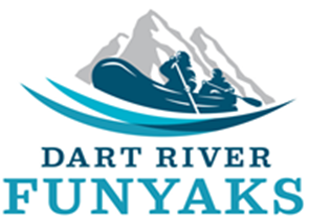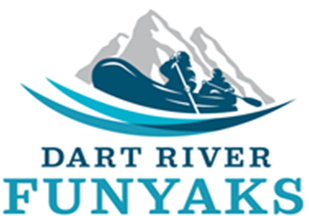Title Page
-
Site conducted
-
Driver Name
-
Trainer
-
Date
-
Prepared by
-
Location
1. Inspection
-
1.1 General walk around of trailer
-
1.2 Tyre and suspension check
-
1.3 Compliance check- W.O.F and Registration
2. Hitching
-
2.1 Spotter assistance used if necessary
-
2.2 Trailer tow ball matches vehicle hitch size
-
2.3 Hitch locking mechanism engaged correctly, security checked
-
2.4 Light connection fitted correctly
-
2.5 Safety chains connected and crossed
-
2.6 Trailer jack secured and retracted - locked off
-
2.7 Brake control working and properly adjusted for trailer weight
-
2.8 All lights checked - Hazard, Brake and reverse
3. Loading
-
3.1 Load capacity of trailer explained and understood
-
3.2 Load distribution assessed and adjusted
-
3.3 Load secured and tie downs correctly used
4. Speed
-
4.1 Drives up to 30 KM/H on Paradise beach
-
4.2 Drives up to 30 KM/H through Diamond Lake forest
-
4.3 Drives up to 70KM/H on gravels roads
-
4.4 Drives up to 35Km/H around Glenorchy
-
4.5 Passes all tour operators on the gravel road at a maximum of 20KM/h (Including Dart River)
-
4.6 Shows caution and reduces speed when passing farm stock
5. Reversing
-
5.1 Can confidently back trailer into Funyak store - using a spotter if required.
-
5.1 Uses mirrors and looking over shoulder
-
5.2 spatial awareness
-
5.3 constant observation of surroundings
-
5.1 Removal of hazards or obstacles
6. End of Day
-
6.1 Secure Funyak store for the night
-
6.2 Leave chains and light cable off the floor
-
6.3 knows to report damage and tag defective trailers
-
6.4 Lubricate and maintain tie down straps.
Sign Off
-
I confirm that I have completed a programme of supervised trailer driving practice and understand the information and assessment in this skill development programme and feels confident to proceed with driving trailers unsupervised.
-
Trainee Name and Signature
-
Programme Signed Off by Trainer













